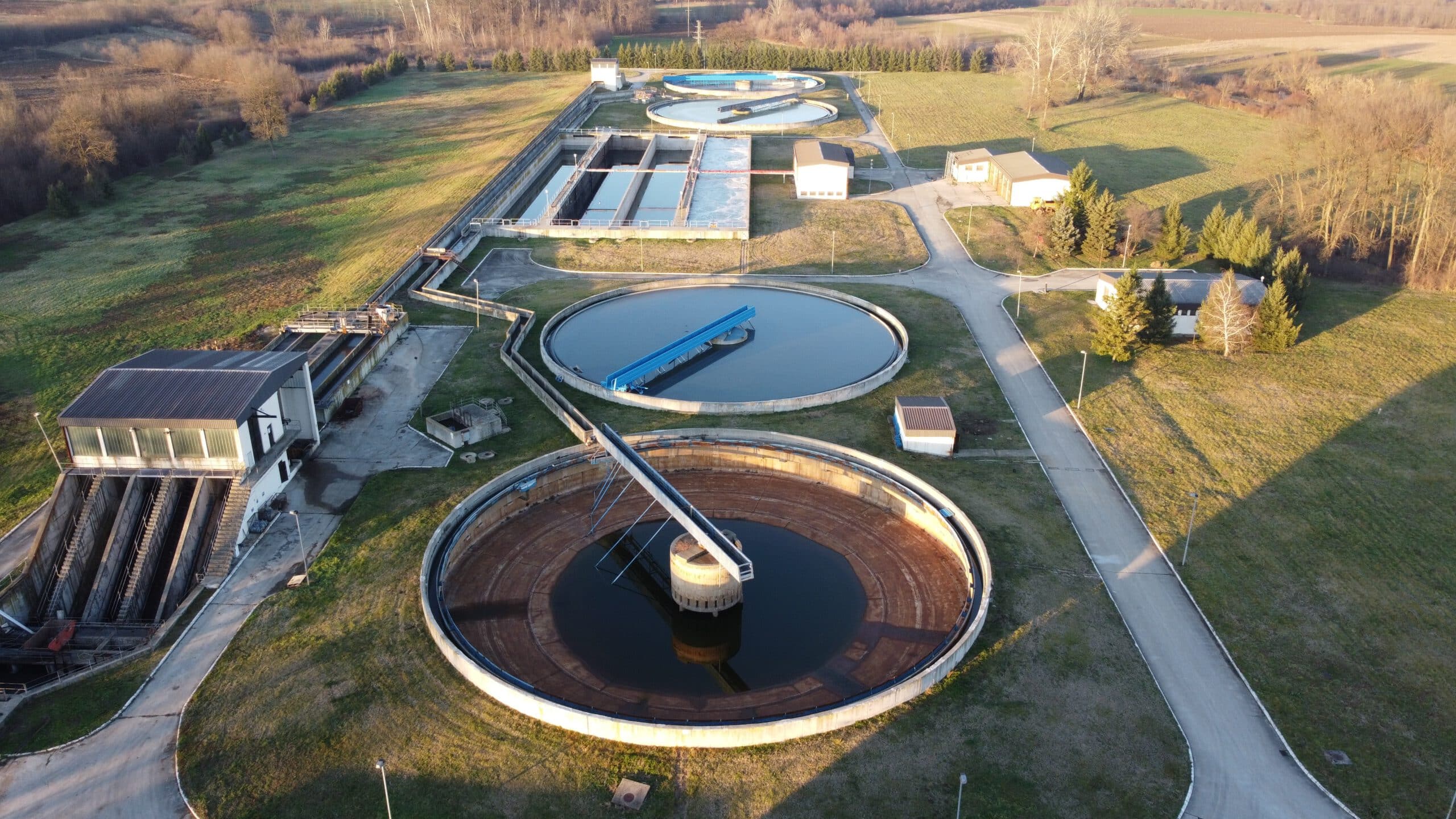In order to prevent waterborne pollution, wastewater treatment systems have to be specifically designed to effiently treat sewage. Insufficient treatment causes fecal sludge and other forms of water impurities, that spread disease and drive antimicrobial resistance.
Having the right wastewater professionals to design your plant is of utmost importance to efficiently convert it into effluent that can be returned to the water cycle without harming biodiversity and aquatic life.
Primary Wastewater Treatment
Primary treatment removes material that will either float or readily settle out by gravity. It includes the physical processes of screening, comminution, grit removal, and sedimentation.
Secondary Wastewater Treatment
Secondary treatment is a process that involves the use of biological processes in order to digest all the dissolved organic materials that could not be filtered during primary treatment. Microorganisms take organic substances such as food, to transform them to water, energy and carbon dioxide.
Tertiary Wastewater Treatment
The final process of wastewater treatment includes using a combination of physical and chemical processes to remove harmful illness causing contaminants from the effluent. This process primarily uses filtration processes followed by disinfection.
Our job is to ensure disease and odour causing contaminants are eliminated, to reduce the need for excessive maintenance and high energy costs in conjunction with the increased need for aeration and sludge handling.
Speak to our trained staff for a comprehensive overview into the future of wastewater implementation in Africa.

